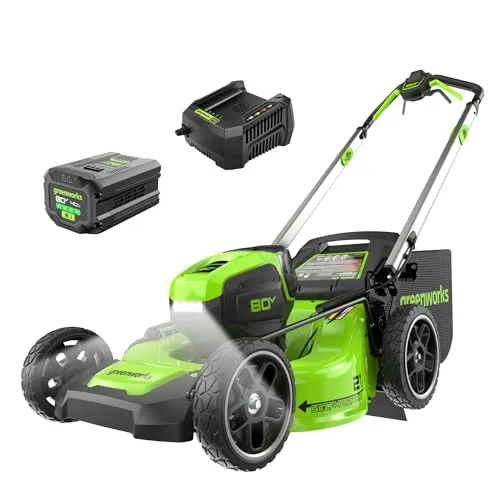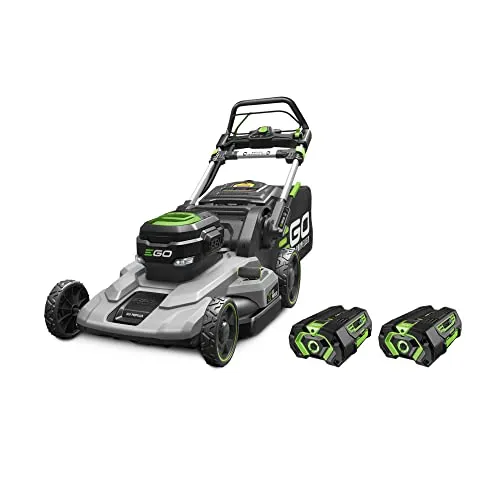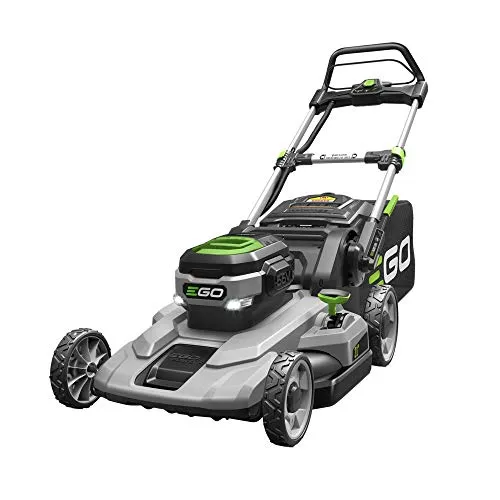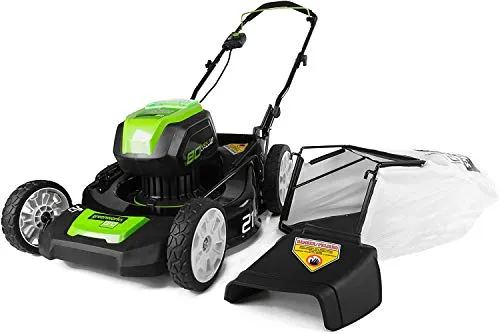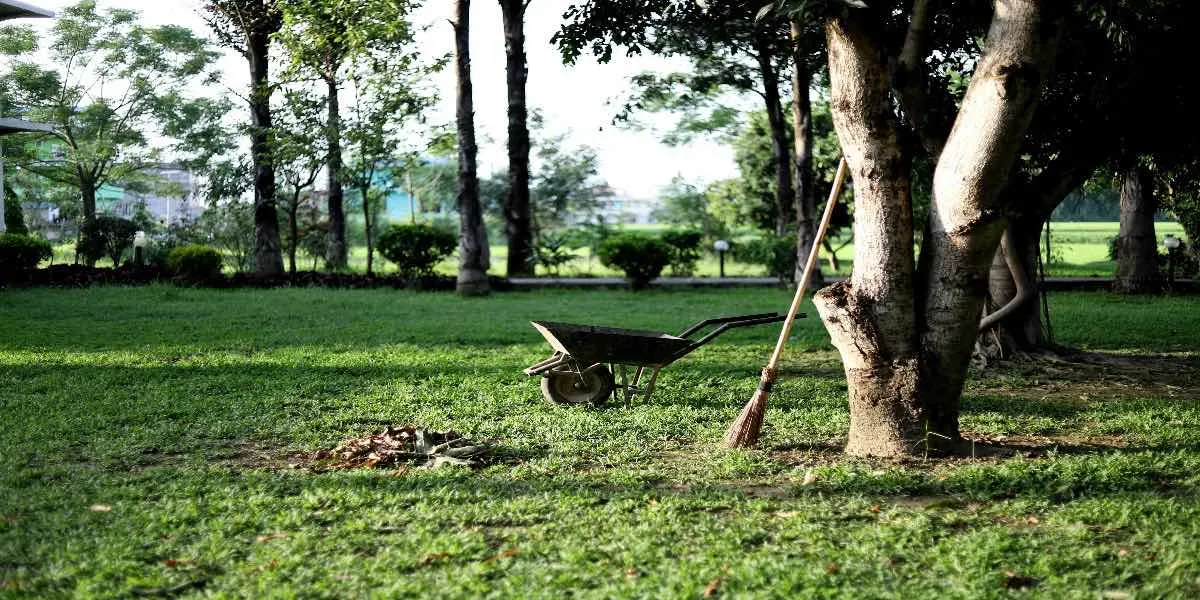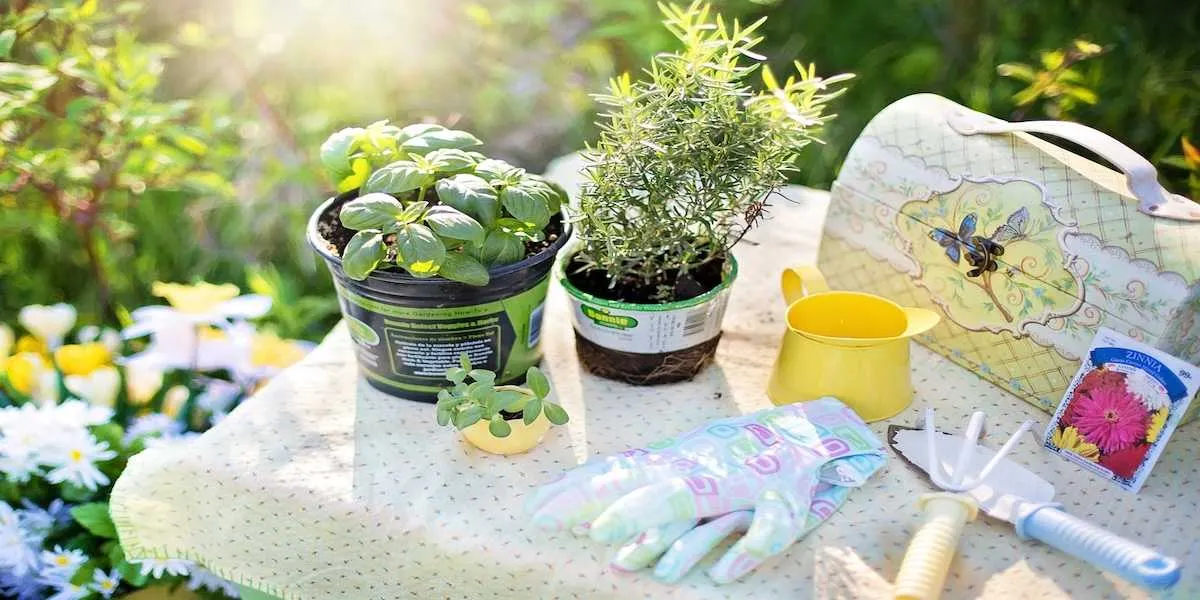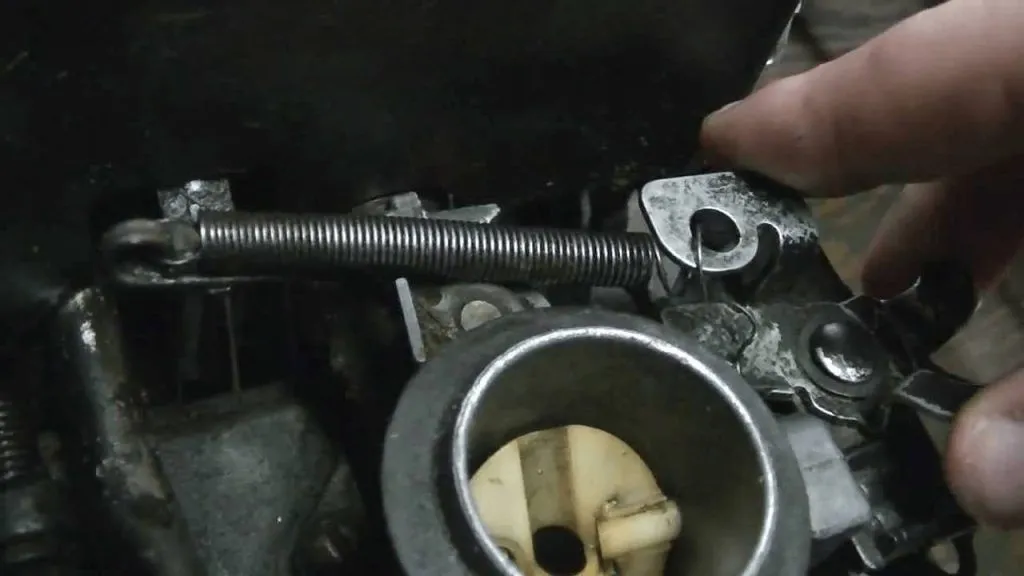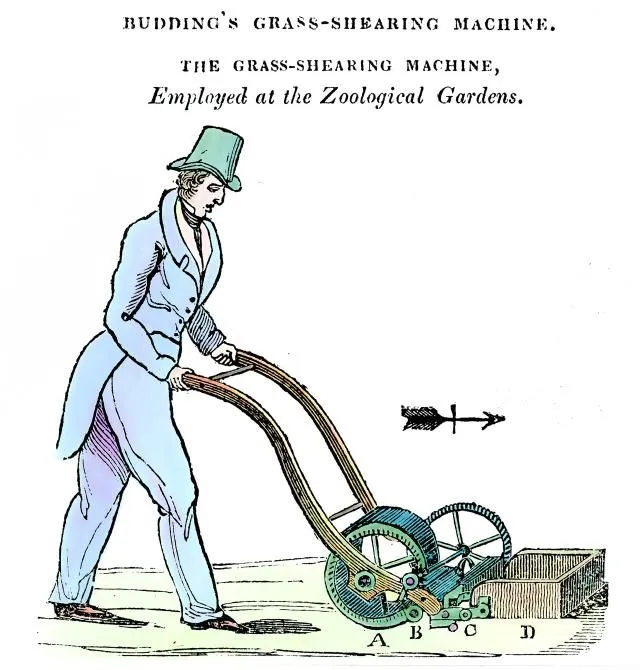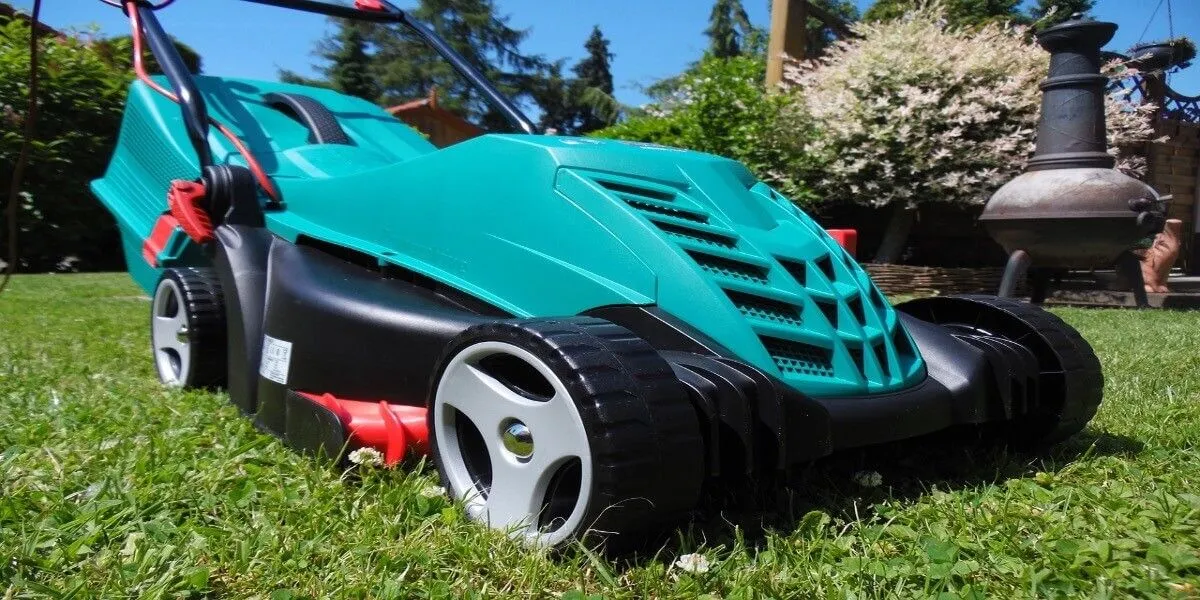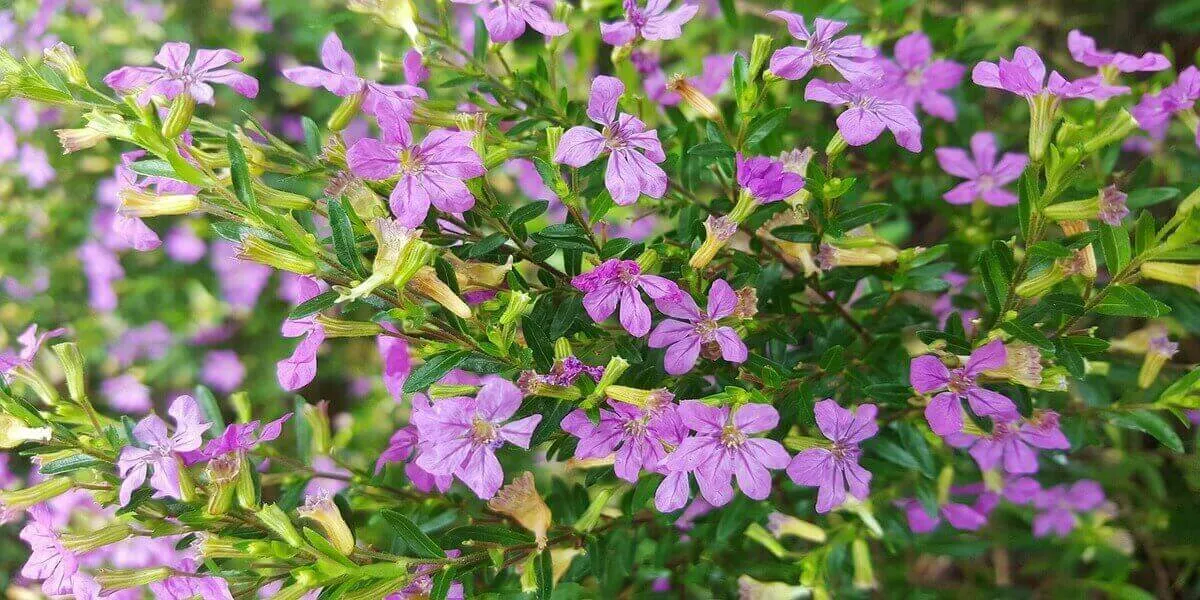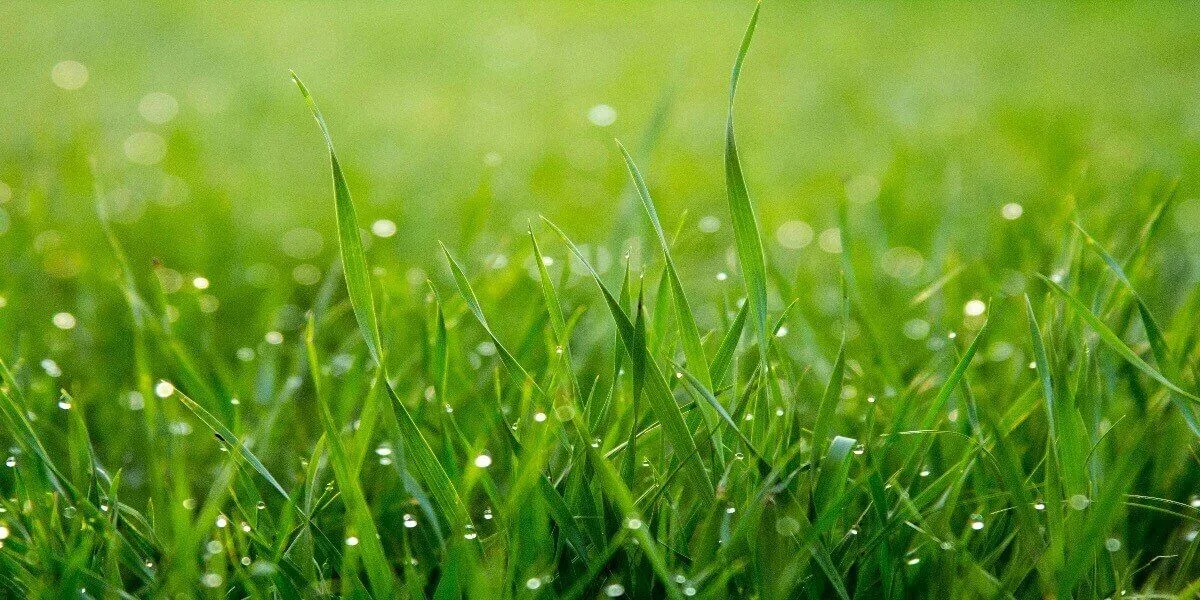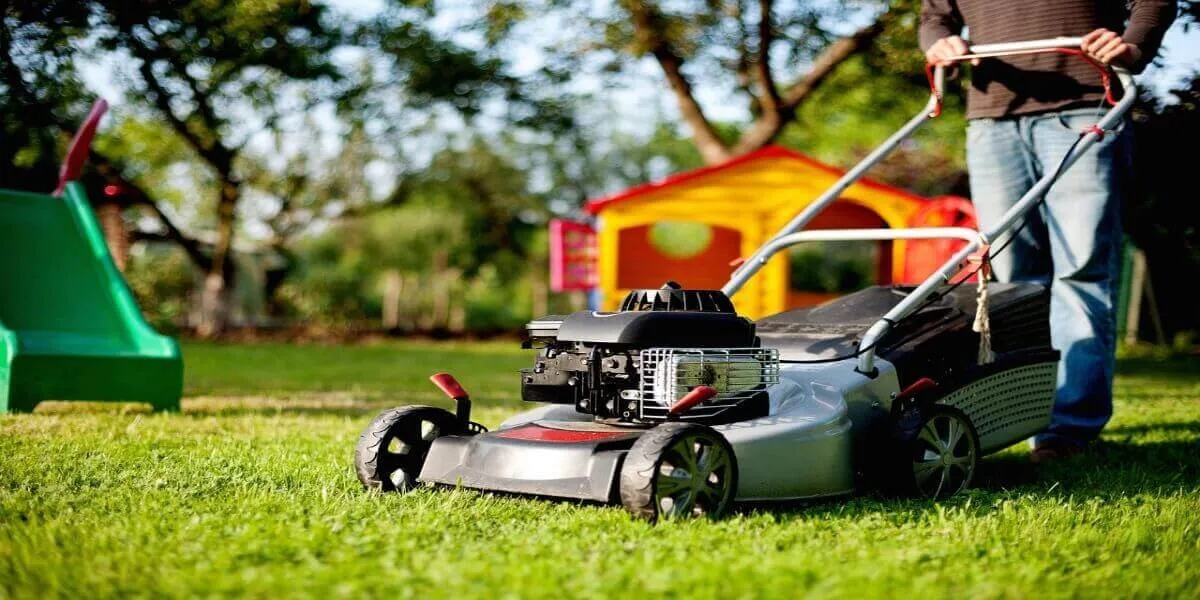What is a 10-10-10 Fertilizer and How Do I Use it on My Lawn?

Jeffrey Tung on Feb 26, 2024

We earn affiliate commissions at no extra cost to you.
Maintaining a green lawn and vibrant yard isn't as simple as sowing the seeds and waiting for them to grow. To keep your grass green and your flowering plants healthy, you need to fertilize your lawn. Among the various types available, the 10-10-10 fertilizer has become a popular option because of its unique characteristics that are optimal for general garden use. This fertilizer may be just what you need to make sure your lawn looks great.
So, what is a 10-10-10 fertilizer?
The 10-10-10 fertilizer contains equal parts of nitrogen (N), phosphorus (P), and potassium (K), which are essential nutrients every plant needs to survive. Nitrogen promotes leaf growth, phosphorus supports root development, flowering, and fruiting, while potassium enhances disease resistance and overall plant health. Besides these three components, 10-10-10 may also contain ammonium nitrate, urea, and potassium hydroxide. The 10-10-10 NPK fertilizer is also known as an all-purpose fertilizer since it's often used for a wide range of turf and plants.
What are the advantages and disadvantages of 10-10-10?
Advantages of 10-10-10 Fertilizer
- It contains a balanced nutrient composition suitable for various types of plants.
- It promotes healthy foliage, root growth, and flowering.
- It's easy to use and is available in granular and liquid form.
- It's affordable and readily available in stores.
Disadvantages of 10-10-10 Fertilizer
- It may contribute to nutrient runoff if it's over-applied.
- It doesn't address specific soil deficiencies or pH imbalances.
- It's not for the long-term, as continuous use can cause lead or salt build-up.
- It can be corrosive to lawn equipment.
What do I need to know before I use 10-10-10 fertilizer?
Before you use a fertilizer, make sure to do a soil test first. This will allow you to identify the nutrients present in your soil and determine what type of fertilizer you need to feed your lawn. High levels of potassium and low levels of nitrogen in your soil mean a 10-10-10 fertilizer shouldn't be used. You'll need a different type, preferably a nitrogen fertilizer or a blend with high amounts of nitrogen, to provide the lacking nutrients the plants need.
Secondly, make sure to wear protective equipment when using fertilizer for your lawn. Use gloves and masks, and wear a long-sleeved shirt and pants to protect yourself from harsh chemicals.
Lastly, take note of the time of application. Fertilizing plants is best done in the early morning or late evening. This will allow the fertilizer to soak into the soil and minimize nutrient loss due to evaporation.
When do I use the all-purpose fertilizer?
This kind of fertilizer is best used during the growing season - summer and early spring - when plants are actively putting on new growth. When using on a grass lawn, take note of whether your grass is warm or cool-seasoned. Warm-season grasses typically require 4 applications throughout the year, with the first application starting in March or April. For cool-season grasses, you need to apply fertilizer three times. Once in the spring and twice in the fall, thirty days apart.
How do I fertilize my grass lawn with NPK fertilizer?
If you want to use 10-10-10 fertilizer properly, you'll need to do a bit of preparation. Here are the steps to ensure a successful application.
- Measure your lawn to know how much fertilizer is needed.
- Mow your lawn before fertilizing.
- Thoroughly moisten the soil and grass.
- Wait for 1-3 days before applying.
- Follow the fertilizer instructions on the product packaging.
- For grasses, spread the fertilizer evenly and uniformly throughout.
- For single plants, sprinkle the 10-10-10 around each individual.
Remember to follow application instructions thoroughly to ensure the plants get the nutrients they need to stay alive. If you over-use 10-10-10 fertilizer, this can lead to fertilizer burn and build-up on top of the soil.
How do I choose the right 10-10-10 fertilizer?
The market is currently saturated with thousands of fertilizer brands, so it can be overwhelming to choose the right fertilizer that best fits your needs. Well, here are some things you need to consider.
- Check if the NPK is from a synthetic or natural source. Organic fertilizers are often harder to find compared to inorganic or synthetic fertilizers. Organic fertilizers come from natural ingredients or organic matter like manure, plant compost, and bone meals. They also have a lower ratio of NPK than synthetic ones. If you prefer a more natural approach, it's better to use an organic 10-10-10 fertilizer in your garden instead of a synthetic one. Always check the fertilizer label to know which one is which.
- Choose between liquid or granules. Liquid fertilizers are generally easier to apply. You can use a garden hose or a spray. They also offer a quicker release, which makes them great for starters or new lawns. However, this also means they need to be applied more frequently. Granular fertilizers, on the other hand, require a fertilizer spreader and are slow-release types. They are ideal for slow-growth seasons and often cheaper. One should note though, that granules can be a potential health hazard for pets or kids.
- Consider the brand and budget. On average, a bag of 10-10-10 fertilizer that's synthetic can cost $100 to $300 to fertilize 5,000 to 10,000 square feet of lawn. Organic 10-10-10 can cost double this amount. While cheaper, synthetic fertilizers do not contribute to long-term soil enrichment. Organic fertilizers, on the other hand, focus on making the soil healthier.
If you're still unsure which to choose, consult with local garden experts and ask for their recommendations.
What is a good alternative for 10-10-10 fertilizer?
As an all-purpose fertilizer, 10-10-10 is generally a good option, especially at the start of the planting season. However, while it's convenient to use and readily available, there are other alternatives you might want to explore. Organic options such as manure, composts, or organic fertilizer blends provide essential plant nutrients while improving soil structure and microbial activity.
Other balanced fertilizers like 3-4-4 fertilizers are also a good option. They are less potent. Additionally, specialized fertilizer options tailored to your specific plant type, growth stage, and soil component may offer a better and more targeted solution compared to this lawn starter fertilizer.
Things to keep in mind
10-10-10 fertilizers are a versatile option for many gardeners hoping to keep their lawn and garden lush. However, while it offers numerous benefits, you should always consider factors such as soil composition and plant requirements. If your soil composition is severely lacking nitrogen, phosphorus, and potassium, a 10-10-10 may be your best choice to ensure your plants are growing as they should.
By making informed decisions and adapting your approach based on these factors, you can cultivate a vibrant and thriving garden. If you need more insights on how to achieve your lawn care goals without the help of lawn care companies, here's an article you can check. You can also read this article to learn the best mower to buy for your lawn.

